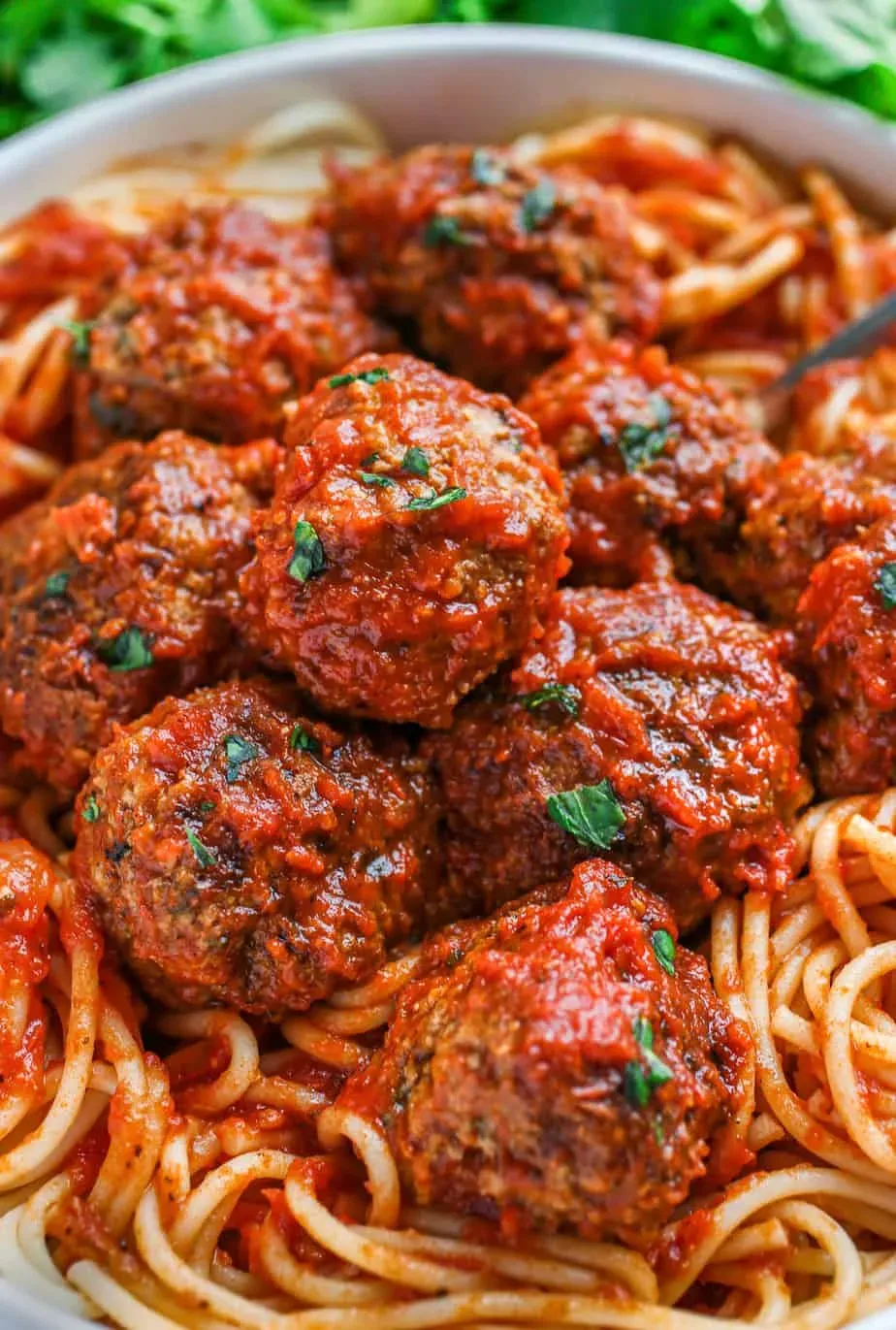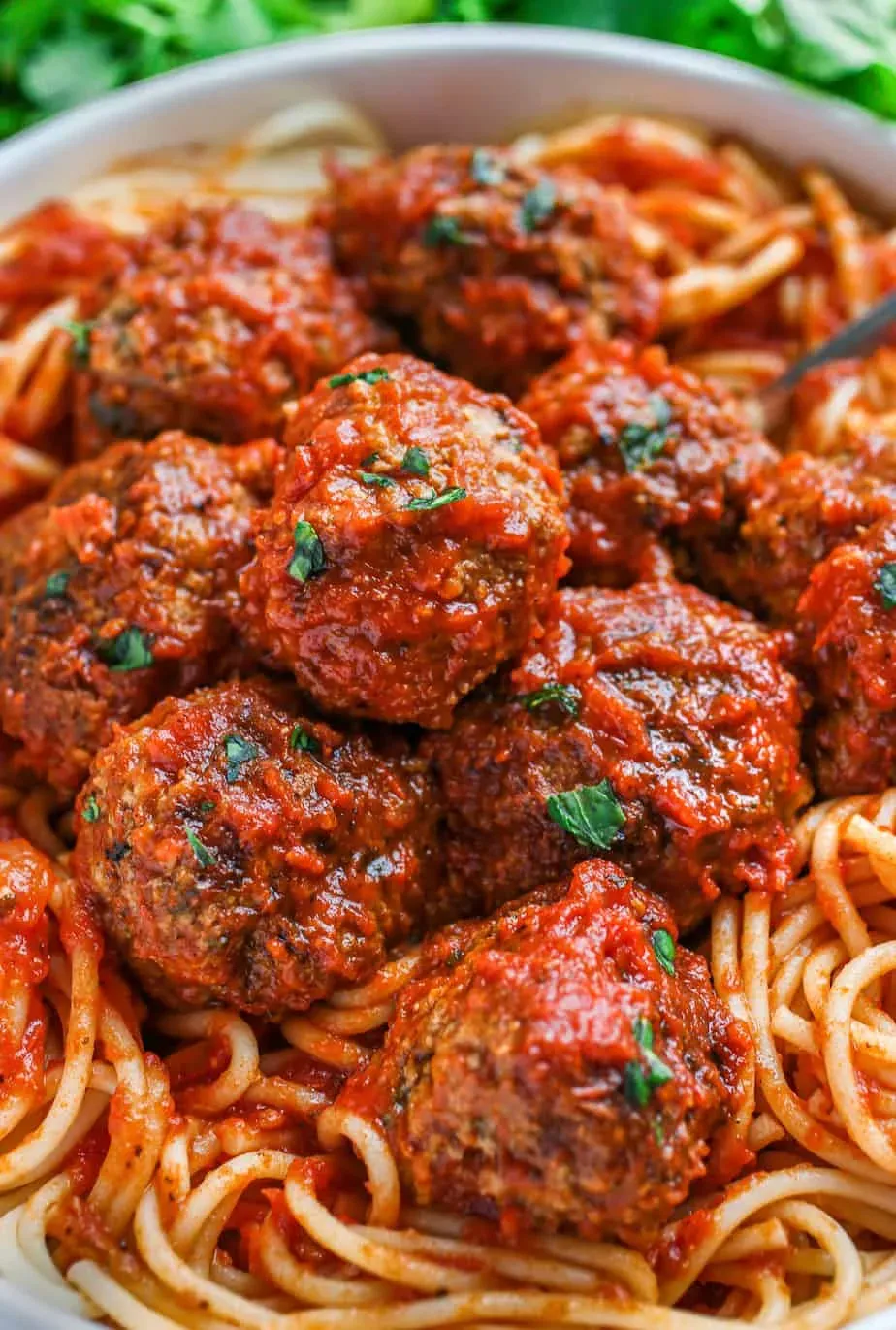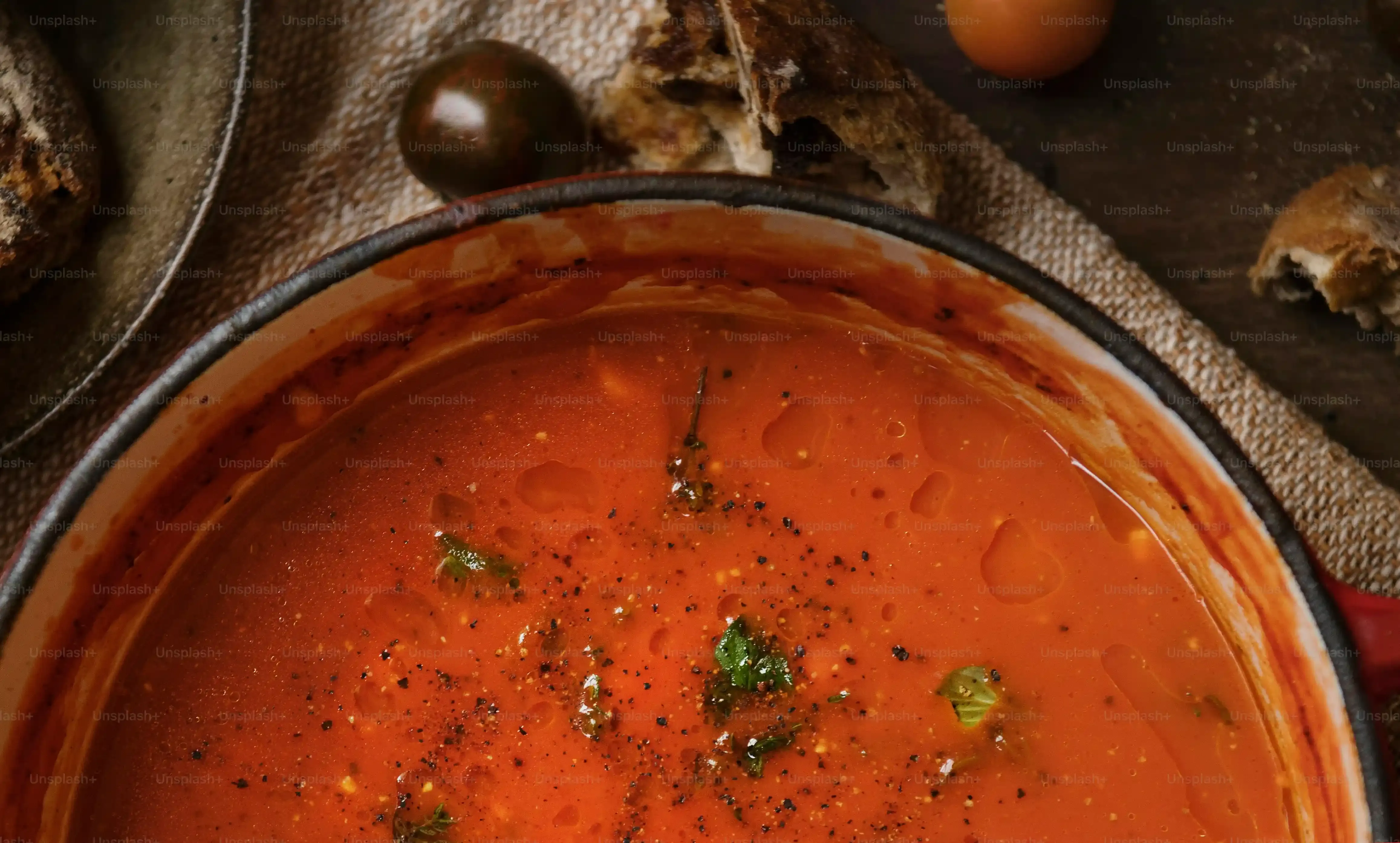Table of Contents
Forget those sad, dry little spheres drowning in watery red stuff you've encountered. We're talking about meatballs that are plump, tender, and bursting with flavor, snuggled in a rich, slow-simmered sauce that clings just right. Achieving that elusive "just like nonna used to make" status for the best italian meatball and sauce recipe can feel like chasing a culinary unicorn. Maybe you've tried recipes that promise the world but deliver mediocrity, leaving you with dense hockey pucks or a sauce that tastes straight from a can.
Crafting the Perfect Italian Meatball Base

Crafting the Perfect Italian Meatball Base
Starting with the Right Meat Blend
Let's get this straight: you can't make a silk purse out of a sow's ear, and you can't make the best Italian meatball base with just lean ground beef. That's a recipe for dry, sad little rocks. You need fat, my friend. Fat equals flavor and juiciness. A classic blend usually involves beef, pork, and sometimes veal. Beef gives you that robust foundation, pork adds moisture and richness, and veal, if you're using it, brings a delicate tenderness. Aim for an 80/20 mix of meat to fat overall. Don't be afraid of a little marbling; it's your friend here. Grinding your own meat is the ultimate move, giving you control over texture, but a good butcher blend works too. Just make sure it's fresh.
The Magic of the Panade
Here's where a lot of home cooks go wrong. They just toss breadcrumbs and eggs in with the meat and call it a day. That's not a panade; that's just ingredients sitting next to each other. A proper panade is a mixture of bread (usually stale bread or breadcrumbs) and liquid (milk, water, or even broth) that softens the bread and creates a starchy paste. This paste is crucial. Why? Because it binds everything together gently without making the meatballs tough, and more importantly, it absorbs and traps the meat's juices as it cooks. No panade, no juicy meatballs. It’s that simple. Think of it as the hidden scaffolding holding your flavor structure together.
- Use stale bread torn into small pieces or quality breadcrumbs.
- Soak the bread/breadcrumbs in milk until fully saturated and soft.
- Squeeze out excess liquid gently if using torn bread, but keep some moisture.
- Mash the mixture into a paste before adding to the meat.
Flavor Builders: Beyond Salt and Pepper
Salt and pepper are non-negotiable, obviously. But great meatballs need layers of flavor. Minced garlic and finely chopped fresh parsley are standard players for a reason – they provide that essential aromatic base. Grated Pecorino Romano or Parmigiano-Reggiano cheese adds a salty, umami punch that elevates everything. Some folks add a pinch of red pepper flakes for a subtle kick, or a tiny bit of nutmeg, which is surprisingly common in Italian meat dishes and adds a warm, earthy note. Don't be shy, but don't go crazy either. You want the meat and sauce to shine, not get overpowered by a spice cabinet explosion. It's about balance.
Broiling and Simmering: The Secret to Juicy Italian Meatballs

Broiling and Simmering: The Secret to Juicy Italian Meatballs
Why Broil Before You Simmer?
so you've got your perfectly mixed meatball base, seasoned just right, panade doing its thing. Now, resist the urge to just drop them straight into the sauce. That's another common mistake leading to bland exteriors. The real secret weapon for the best italian meatball and sauce recipe? A quick trip under the broiler. Broiling gives the meatballs a beautiful, browned crust. This isn't just for looks; that browning creates incredible flavor through the Maillard reaction. It also helps the meatballs hold their shape better when they hit the simmering sauce later. Think of it as locking in the good stuff before the long, slow bath.
The Broiling Process: Quick and Hot
Broiling is fast, so you need to keep an eye on things. Preheat your broiler and arrange your formed meatballs on a baking sheet, ideally on a rack set inside the sheet so air can circulate. Don't crowd them; they need space to brown evenly. Slide them under the broiler, usually just a few inches from the heat source. They'll brown up pretty quickly, maybe 5-7 minutes per side depending on your broiler's intensity and the size of your meatballs. You're not cooking them all the way through here, just getting that nice exterior color and flavor development. Flip them gently to get both sides browned.
- Preheat broiler until hot.
- Place meatballs on a rack over a baking sheet.
- Leave space between meatballs.
- Broil 4-7 inches from heat source.
- Watch constantly; they brown fast!
- Flip gently and brown the other side.
The Gentle Simmer: Infusing Flavor
Once they've got that lovely brown crust, it's time for the magic soak. Gently transfer the broiled meatballs into your simmering homemade tomato sauce. This is where they finish cooking, slowly absorbing all the rich flavors of the sauce while their own juices mingle and enrich the sauce in return. Simmering them low and slow, covered, for at least an hour (and ideally longer) is key to achieving that incredibly tender, melt-in-your-mouth texture that defines the best italian meatball and sauce recipe. Don't boil them vigorously; that can make them tough or break them apart. Just a gentle bubble is all you need. This is the step that transforms good meatballs into truly great ones.
Building the Rich, Homemade Italian Sauce

Building the Rich, Homemade Italian Sauce
Laying the Foundation for Flavor
you've got your meatballs prepped and ready for their close-up. Now comes the equally critical partner in this dynamic duo: the sauce. You can have the juiciest meatballs on the planet, but if they're swimming in sub-par sauce, the whole effort is wasted. The "best italian meatball and sauce recipe" hinges just as much on the sauce as it does the meat. We're not cracking open a jar here; that's just sad. A truly rich, homemade sauce starts with quality canned tomatoes. San Marzanos are the gold standard for a reason – they're less acidic and have a sweeter, more intense tomato flavor. Crushed or whole peeled, it's your call, but avoid diced; they often contain calcium chloride which keeps them firm and prevents them from breaking down properly during simmering. Building flavor means starting with a soffritto – gently cooking onions and garlic in olive oil until soft and fragrant, not browned and bitter. This creates the aromatic base that everything else builds upon.
Serving and Storing Your Best Italian Meatball and Sauce

Serving and Storing Your Best Italian Meatball and Sauce
The Grand Reveal: Serving Your Masterpiece
Alright, you've put in the work. You've crafted the base, broiled them to perfection, and let them simmer in that glorious sauce. Now comes the moment of truth: serving up your best italian meatball and sauce recipe. Don't just plop them on a plate. Think about presentation. Classic is always good: nested in a pile of perfectly cooked spaghetti, maybe a sprinkle of fresh basil or more grated Parmigiano. But don't limit yourself. These aren't just pasta companions; they're stars. Slide them into a crusty roll for an epic meatball sub, serve them as a stand-alone appetizer with crusty bread for dipping in the sauce, or even alongside some creamy polenta. The point is, these meatballs deserve to be showcased. Make it look as good as it smells and tastes.
Keeping the Magic Alive: Refrigeration
Let's be real, sometimes you make a big batch, or maybe there are actually leftovers (though with this recipe, that's a rare and beautiful problem). Properly storing your best italian meatball and sauce is key to enjoying it again without sacrificing quality. Once everything has cooled down completely – and I mean completely, don't put hot food straight into the fridge unless you want to mess with food safety and your appliance – transfer the meatballs and sauce to an airtight container. Glass containers are great because they don't stain or retain odors. Tuck it into the fridge, and it's generally good for about 3 to 4 days. Reheating gently on the stovetop is always best to maintain texture, letting the meatballs warm through slowly in the sauce.
- Cool completely before storing.
- Use airtight containers (glass is ideal).
- Store in the refrigerator for up to 3-4 days.
- Reheat gently on the stovetop.
Planning Ahead: Freezing for Future Feasts
maybe you *purposefully* made a huge batch for meal prep or unexpected guests. Freezing your best italian meatball and sauce recipe is absolutely an option, and a smart one at that. Again, ensure everything is fully cooled first. You can freeze the meatballs in the sauce, or you can freeze the meatballs separately and the sauce separately. Freezing them together is often more convenient. Use freezer-safe containers or heavy-duty freezer bags, pressing out as much air as possible to prevent freezer burn. They'll keep well in the freezer for about 4-6 months. Thaw them overnight in the refrigerator before reheating, again, slowly on the stovetop. They might lose a tiny fraction of their initial tenderness compared to fresh, but they'll still be miles better than anything store-bought.
Storage Method | Container Type | Approximate Duration |
|---|---|---|
Refrigerated | Airtight container (Glass/Plastic) | 3-4 days |
Frozen (Meatballs & Sauce) | Freezer-safe container/bag | 4-6 months |
Frozen (Meatballs Only) | Freezer-safe container/bag | 4-6 months |
Your Questions About This Best Italian Meatball and Sauce Recipe Answered

Your Questions About This Best Italian Meatball and Sauce Recipe Answered
Can I Use Different Meat Blends?
Absolutely. While the beef, pork, and sometimes veal combo is classic for the best italian meatball and sauce recipe, it's not the only game in town. You could go all beef, but lean towards something like chuck with an 80/20 ratio for enough fat. A mix of beef and sweet or hot Italian sausage (casings removed) is fantastic and adds extra spice and flavor without much effort. Just adjust your seasonings slightly depending on the sausage. Some people even throw in lamb for a different twist, though that moves away from traditional Italian territory pretty quickly. The key is maintaining that fat content for moisture and flavor. Don't use ground turkey or chicken unless you're actively trying to make dry, flavorless spheres of sadness. They just don't have the fat needed to stay juicy through the simmering process.
Troubleshooting Common Meatball Problems
So, you followed the steps, but your meatballs fell apart in the sauce, or they came out tough? Let's troubleshoot. If they fell apart, you likely didn't have enough binder, meaning the panade wasn't sufficient, or you handled the meat mixture too much, which breaks down the proteins and makes them fragile. Be gentle when mixing and forming. If they're tough, that's almost always due to overmixing the meat. Treating meat like bread dough develops gluten-like strands, resulting in a rubbery texture. Mix *just* until everything is combined. Don't knead it. Another culprit for toughness can be simmering the sauce too vigorously; keep it at a gentle bubble. Getting the best italian meatball and sauce recipe right takes a little practice, but these common pitfalls are easy to avoid once you know what to look for.
- Meatballs falling apart? Check panade ratio; mix more gently.
- Meatballs are tough? Avoid overmixing; ensure a gentle simmer.
- Meatballs lack flavor? Don't skip the cheese and herbs; taste raw mix for salt.
- Meatballs are dry? Increase fat content in meat blend; ensure adequate panade moisture.
Mastering Your Italian Meatball and Sauce
So there you have it. No magic tricks, just solid technique and decent ingredients. You've navigated the potential pitfalls – the dry meat, the bland sauce – and arrived at something genuinely good. This recipe gives you meatballs that hold their own and a sauce that tastes like you actually put some effort in, because you did. Serve it up, watch people nod in approval, and know you pulled off the best italian meatball and sauce recipe without resorting to jarred mediocrity. It's a simple dish, really, but getting it right makes all the difference.